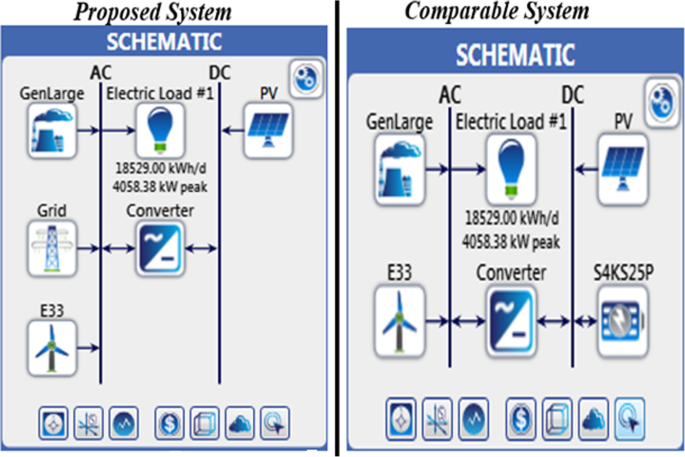

This is where modeling software is valuable: It can account for a wide range of applications and the uncertainty that comes from developing smaller projects where obtaining data is difficult. Communities in Africa may have ubiquitous solar but lack wind resource or a nearby stream for hydro. Remote villages in Alaska may have access to a strong, consistent wind, but lack adequate solar. One of the key challenges of distributed technologies is that the resources available are as varied as the communities they serve. The HOMER (Hybrid Optimization of Multiple Energy Resources) model seeks to optimize mini-grid design.
WHAT DOES HOMER ENERGY DO HOW TO
Understanding how to best combine traditionally generated and renewable power, storage, and load management for the optimal site-specific installation, at the lowest cost, is the key for deploying efficient mini-grid solutions. Mini-grids will enable us to realize Goal 7 of the Sustainable Development Goals (SDGs), “affordable, reliable, sustainable and modern energy for all.” Energy is rightly viewed as a requirement for humans to achieve their potential and is a cornerstone of the transition from the last 15 years’ Millennium Development Goals to the next 15 years’ SDGs. It is no longer necessary to rely on centralized systems for power technological innovation has finally enabled end users to assert control of their energy supply.

Mini-grids-sometimes referred to as micro-grids-are now being deployed all over the world, supporting energy access for communities, bringing reliable power to businesses, and reducing fuel costs and emissions for everyone. These core technologies, bolstered by new control approaches and smart planning tools, are enabling a democratization of the electrical sector unimaginable only a decade ago. PV is now cheap, diesel is expensive (and still volatile!), and storage is finally becoming affordable. Today, however, we are finally able to harvest the fruits of research and development in these technologies. In those days PV was expensive, diesel was cheap (although volatile), and storage was really expensive. When the HOMER Energy founder set out to help people make smart, sensible energy decisions while at the National Renewable Energy Laboratory over 20 years ago, he was at the forefront of a huge opportunity in the energy sector. This is the problem that modeling software such as HOMER® was engineered to answer: How do I design a system that provides clean, reliable, affordable power?

The sheer number of hybrid solutions can frighten even the most well-informed decision makers. Advocates for particular technologies all insist they have the only solution to our looming global energy crises. One of the greatest challenges facing those who want smarter, cheaper, cleaner energy is the large number of options and technologies available to provide power. Using Software to Make a Compelling Business Case for Mini-grid Deploymentīy: John Glassmire, Director of Energy Engineering at HOMER Energy


 0 kommentar(er)
0 kommentar(er)
